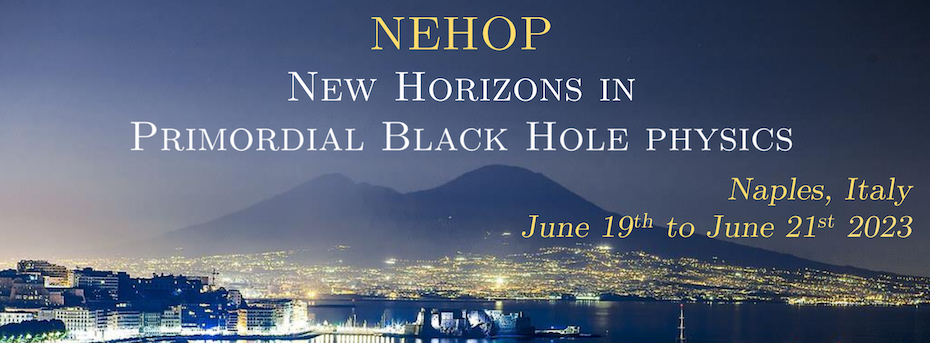Speaker
Description
Primordial Black Holes (PBHs) have recently attracted ample attention as they may explain some of the LIGO/Virgo/KAGRA observations and significantly contribute to the dark matter in our universe. The standard formation scenario assumes PBHs form out of the collapse of large radiation over-densities in the early universe.
We present the computation of PBHs mass fraction in the presence of local non-gaussianity (NG) in the curvature perturbation field ζ by including both NG arising from the non-linear relation between density contrast and curvature perturbations and NG of primordial origin.
We then revise PBHs production in the axion-curvaton model. We show that, thanks to a precise computation of the PBH abundance, this model can explain both the totality of dark matter in the asteroid mass range and the tentative signal reported by the NANOGrav collaboration in the nano-Hz frequency range.

